Special Report
12 Ways Soil Affects Your Food and Your Health
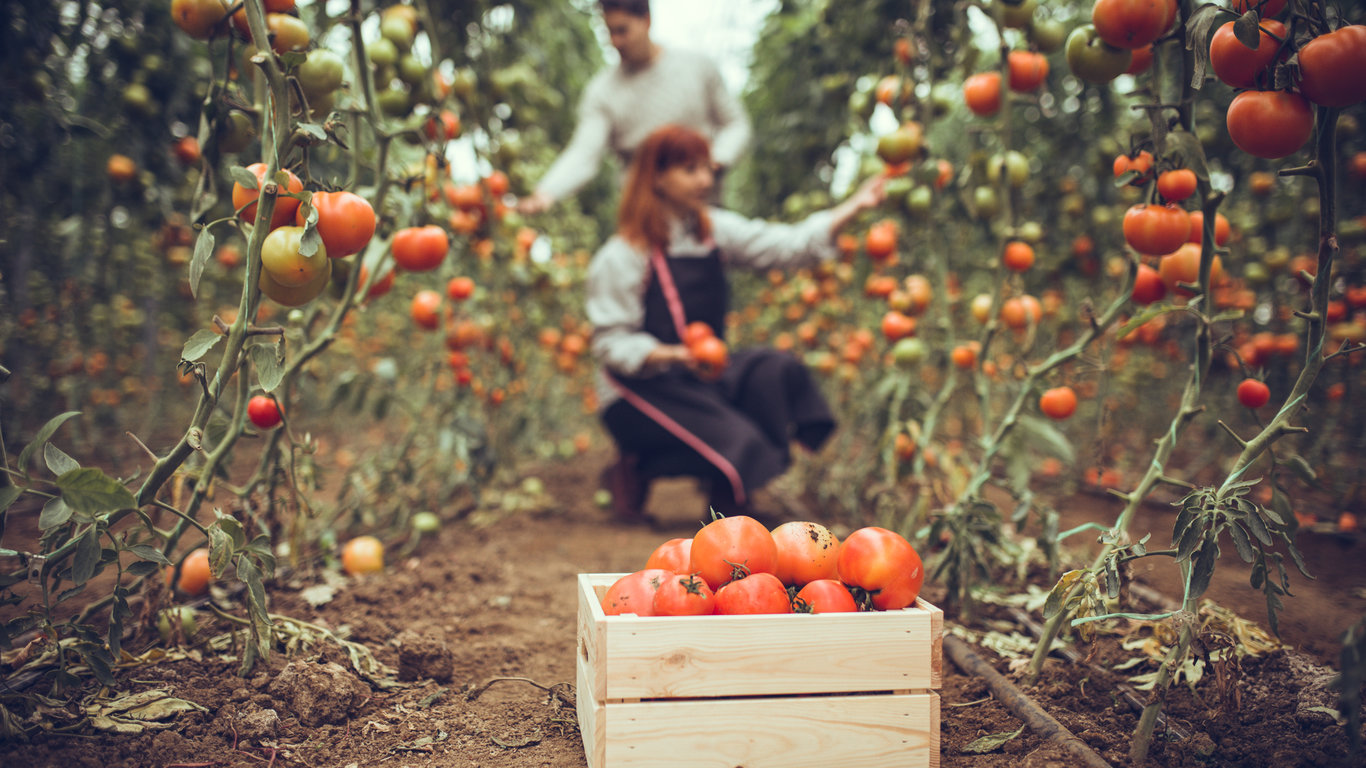
Published:
Last Updated:

The ground beneath our feet is as important to human health as clean air and pure water. The soil is where nearly all the food people consume comes from, making healthy soil the foundation of a healthy life.
24/7 Tempo reviewed information from the United States Department of Agriculture, the Food and Agriculture Organization of the United Nations, and other online sources to identify ways soil affects food quality and people’s health.
Healthy soil is a complex living ecosystem with many layers, each playing an important role in growing crops that nourish people and animals. It’s packed with tiny and large organisms that interact to convert minerals to plant nutrients and to improve soil structure, improving crop production in the long run. When that system is interrupted, reliable food production is jeopardized, and both food quality and quantity suffer.
Soil is important to human health, not just because it’s where food comes from. It also plays a role in medicine. The soil contains many microorganisms used to produce medications that have saved countless lives, such as antibiotics.
Just like soil can help cure illnesses, it can cause diseases. Heavy metals found in the ground, which make their way to foods and water, are not only unhealthy on their own accord, but also can harbor harmful bacteria.
People have been growing food for thousands of years, transforming the planet and disturbing nature’s nutrient cycle in the process in more ways than one.
Click here to read about the 12 ways soil affects your food and your health.
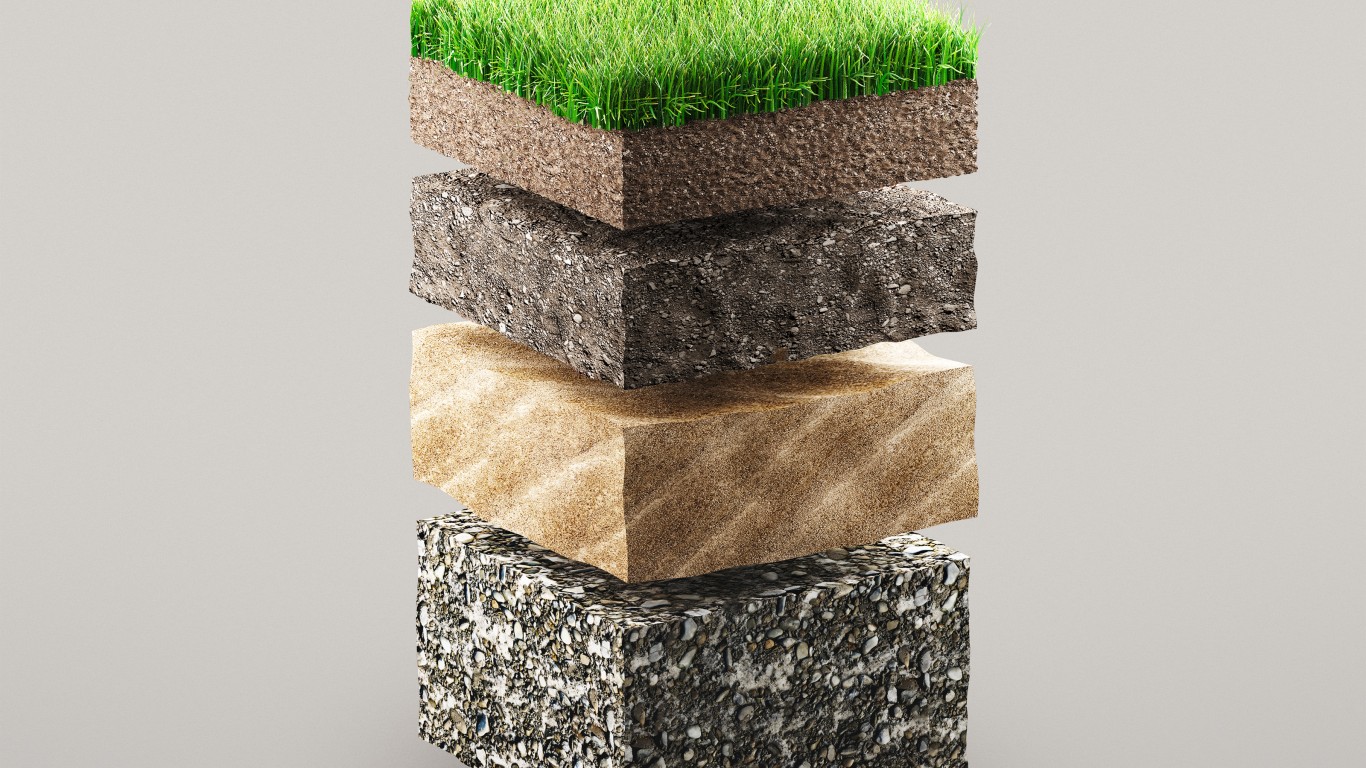
Soil organic matter
Soil organic matter (SOM) is a crucial and naturally-occurring component of soil. It’s where the nutrients for crops are stored, according to the USDA. It plays a role in the way water enters and is absorbed in the soil. It can also eliminate the need for compaction, the process of applying pressure with farm machinery on the soil to make it dense — compaction can lead to less oxygen and more nitrogen in the soil. As a result, the crops have smaller roots and are easily damaged.
[in-text-ad]
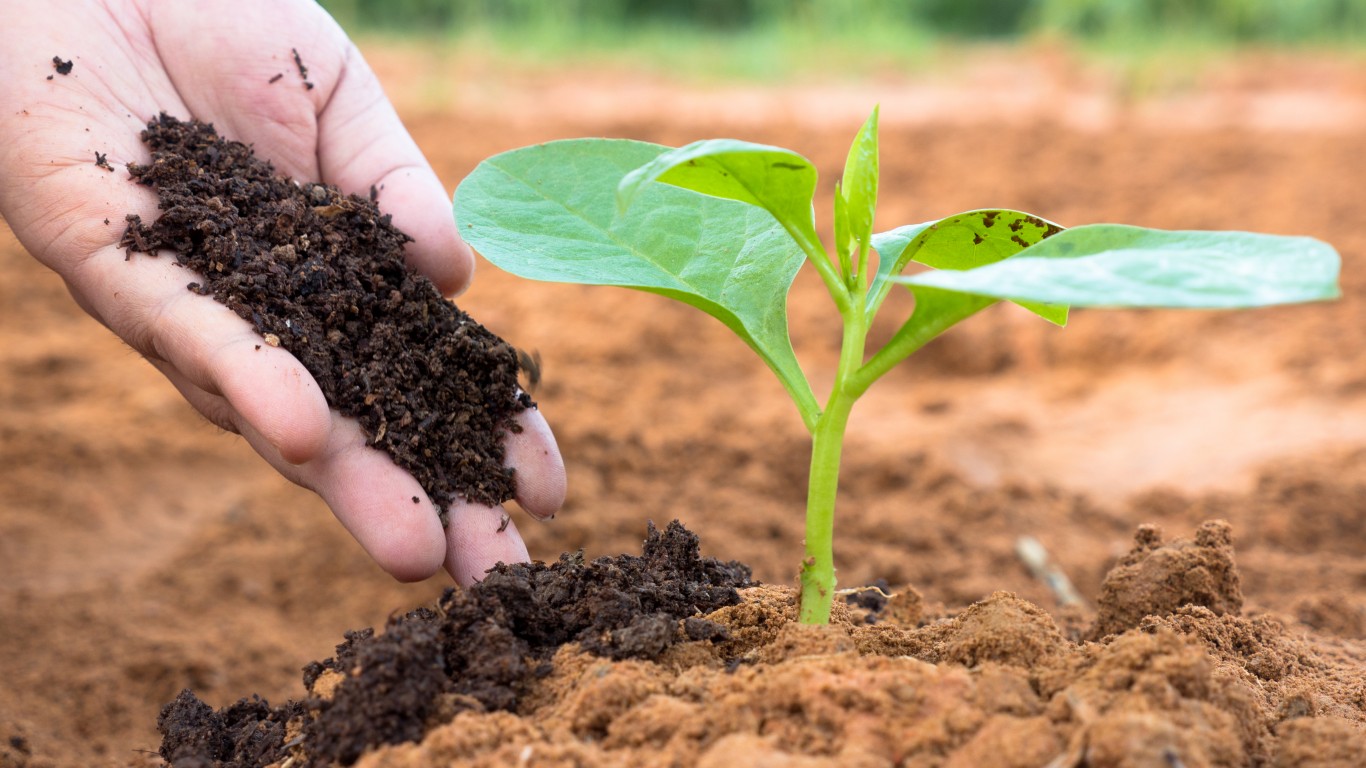
Soil fertility
When soil fertility — the soil capacity to supply nutrients to the food that is being grown — declines as a result of loss of soil organic matter, the nutrient cycle is broken and the agro-ecosystem is no longer balanced. When the organic matter is not restored, the gap between nutrient input and nutrient output widens, which can lead to lower yields.
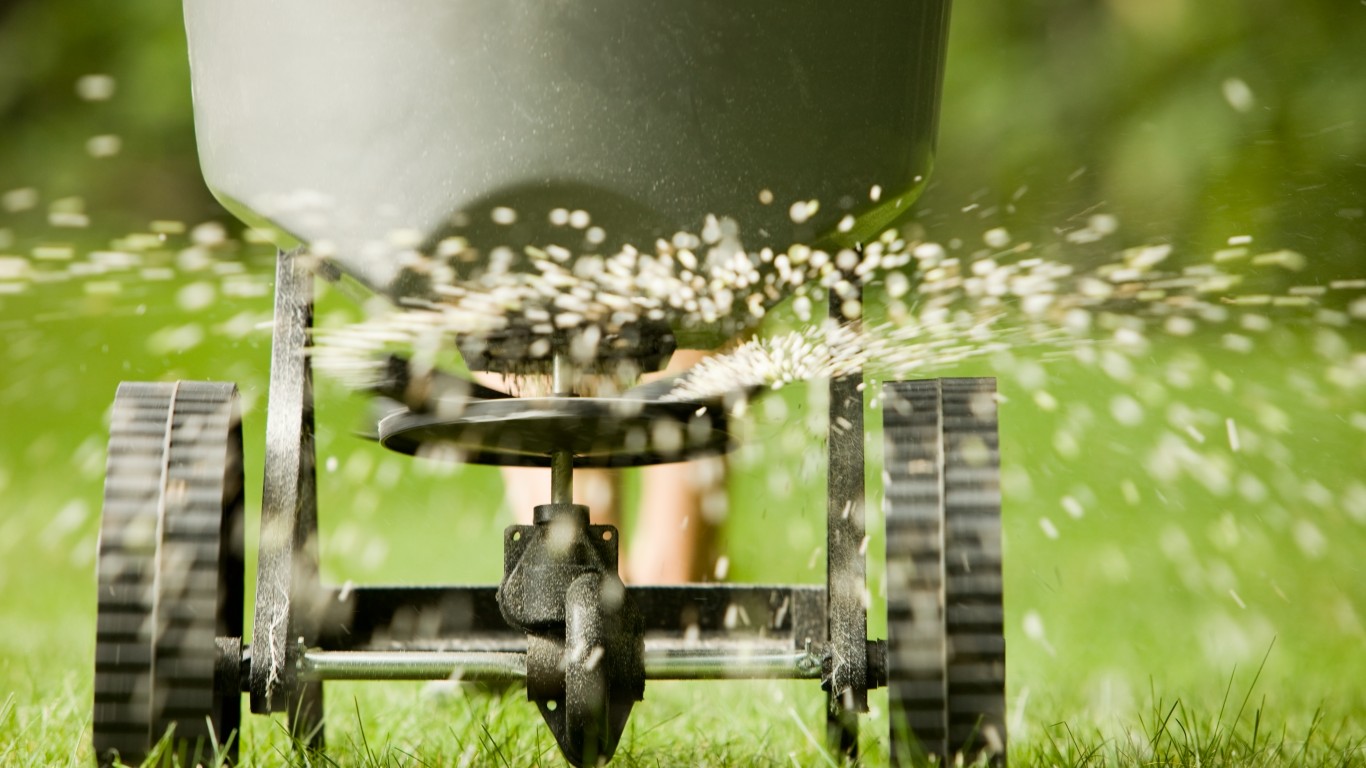
Fertilizer
Fertilizer is necessary to maintain the soil’s fertility. When crops are harvested, the nutrients they contain are not recycled back into the soil as it happens when they die. In order to make sure that nutrients such as nitrogen, phosphorus, and potassium are put back onto the field, farmers use fertilizers. Fertilizers keep agricultural production systems sustainable, but can cause other problems, such as hurting the environment. If used excessively, the extra nutrients from fertilizers end up in waterways, particularly nitrogen. The nitrate can easily leach, damaging microorganisms in the soil and contaminating water streams, killing fish.
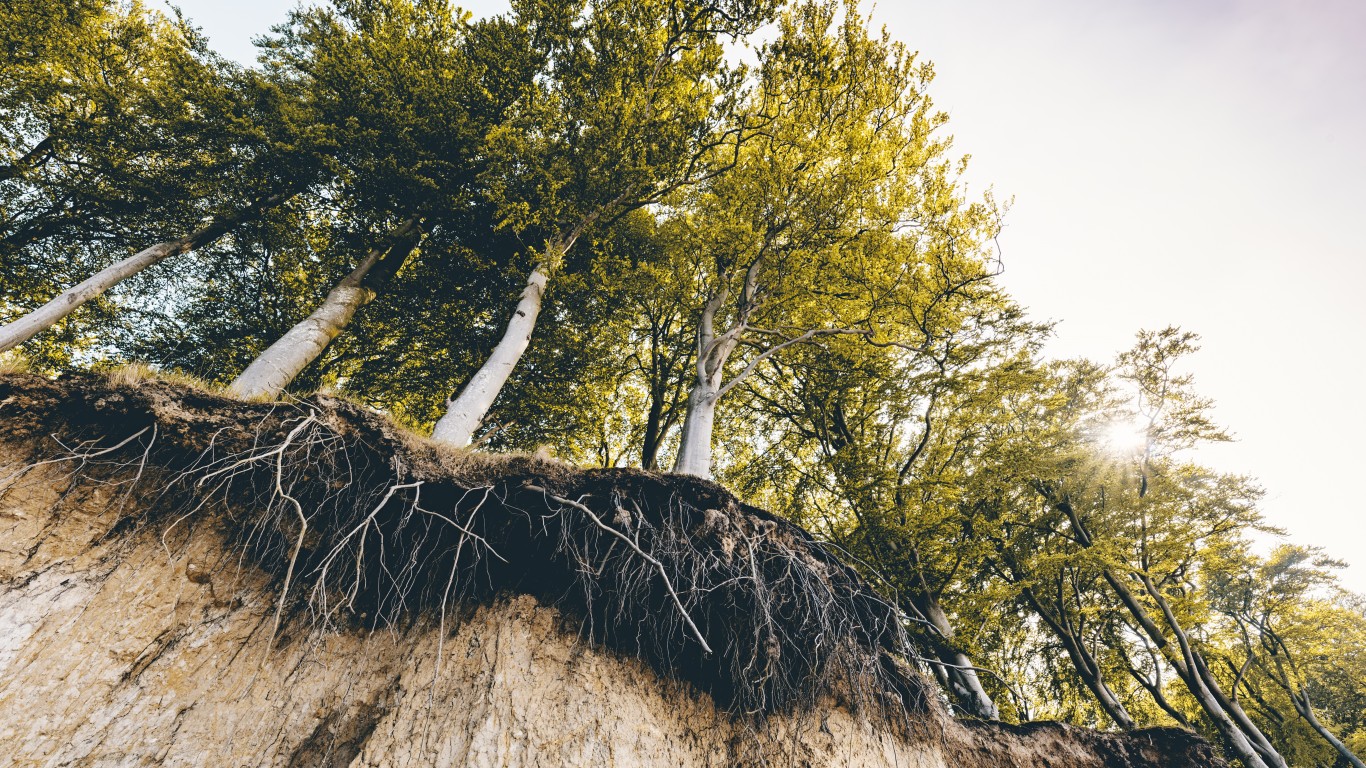
Soil erosion
Soil erosion is the natural loss of the soil’s top layer by water, wind, or tillage, which is the use of farm machines to prepare the soil for growing crops. Farming activities speed up erosion of the topsoil, which is rich in organic matter, resulting in loss of fertility. The planet has lost half of its topsoil over the last 150 years, according to the World Wildlife Fund. A damaged land is less able to hold water, making potential floods worse. In addition to less fertile land, soil erosion can lead to pollution in rivers and streams, which may result in the loss of fish.
[in-text-ad-2]
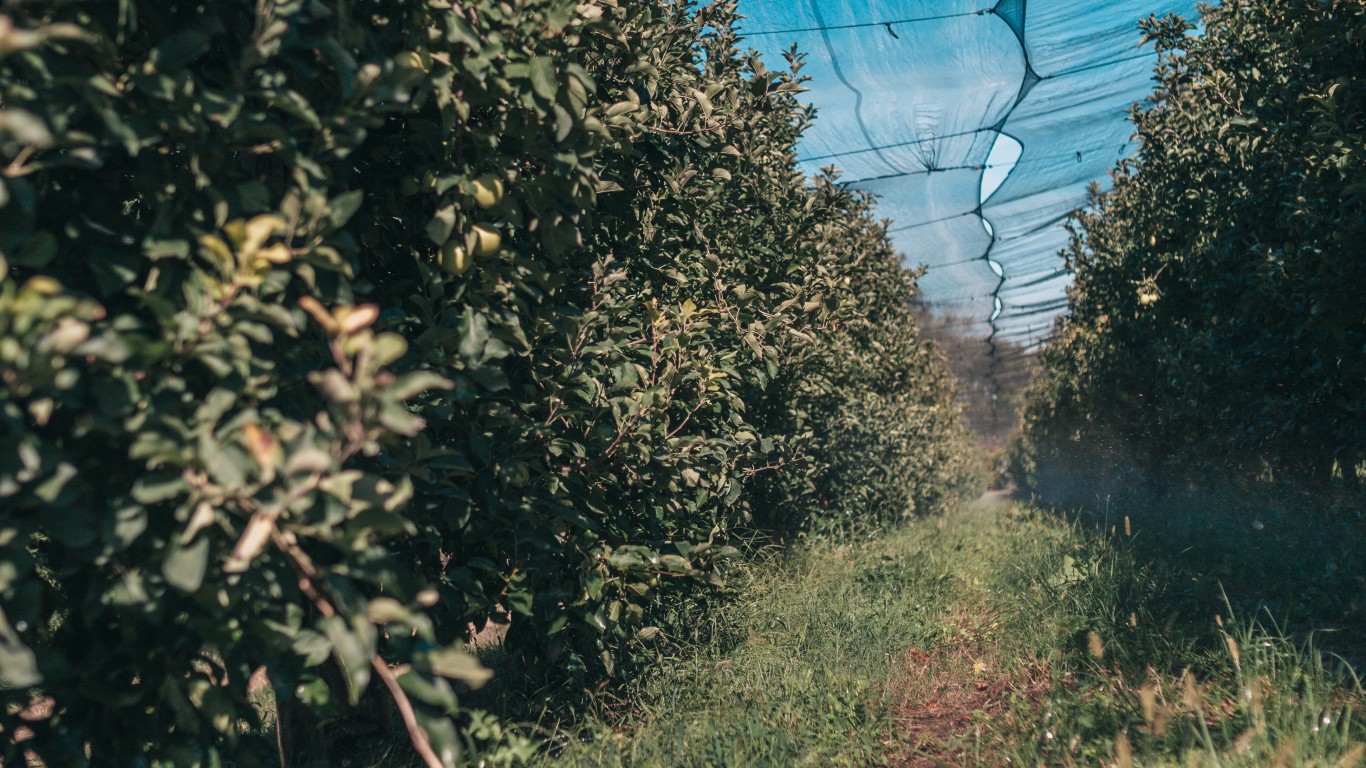
Intensive crop production
Intensive crop production is the process of growing large quantities of food using less land, people, and money. Big farms in the United States and Canada apply this system in areas with low value lands that are far away from markets. One problem with having farms in remote locations is that the more food has to travel, the higher the chance of contamination and the higher the loss of nutritional value. Intensive crop production can also deplete the soil, reducing its capacity to grow enough food to meet the needs of future generations.
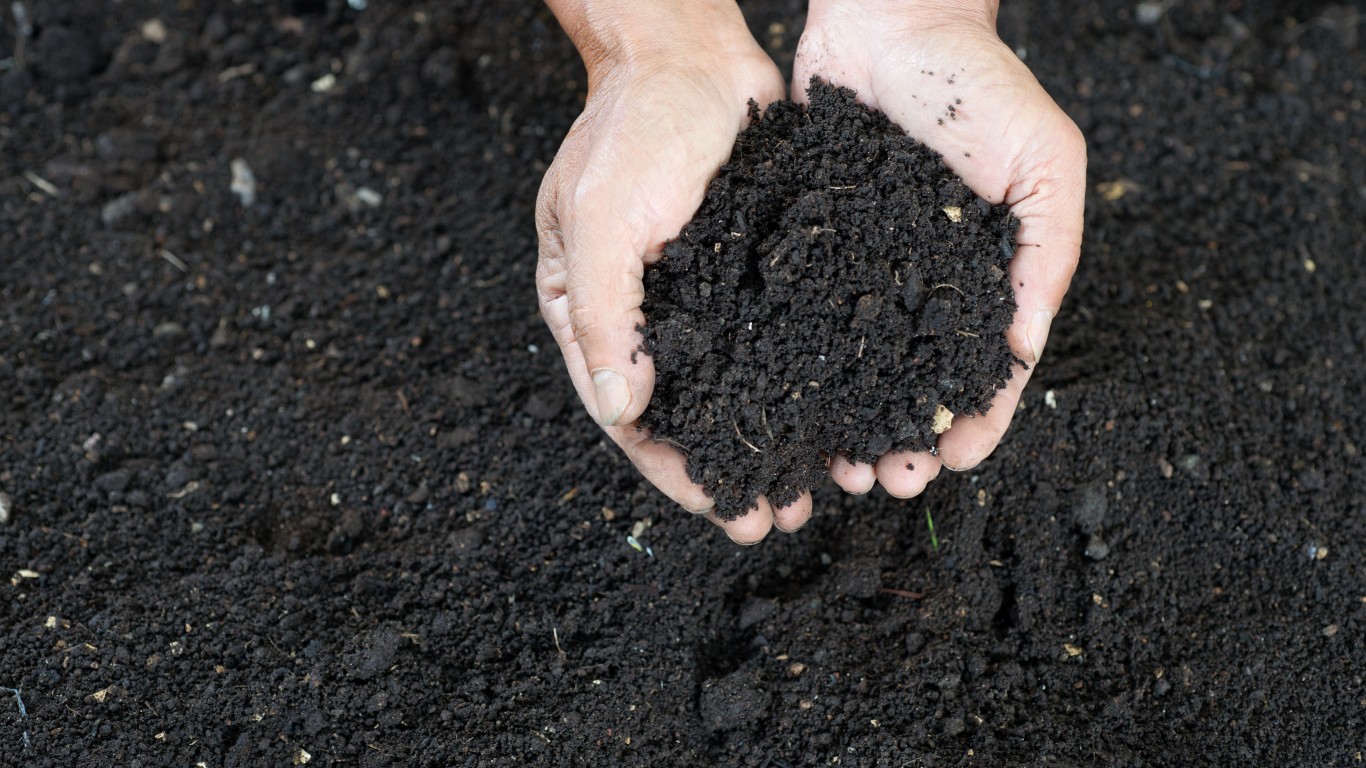
There are different types of soil and not all are created equal when it comes to crop production. In general, darker soils are better because they contain a lot of organic matter. They have more minerals and vitamins available than other types of soil, and that’s why they can grow more food per acre. Clay and silt soils are generally better for crop production because they have small particles, which means water is less likely to escape, keeping the soil moist and fertile.
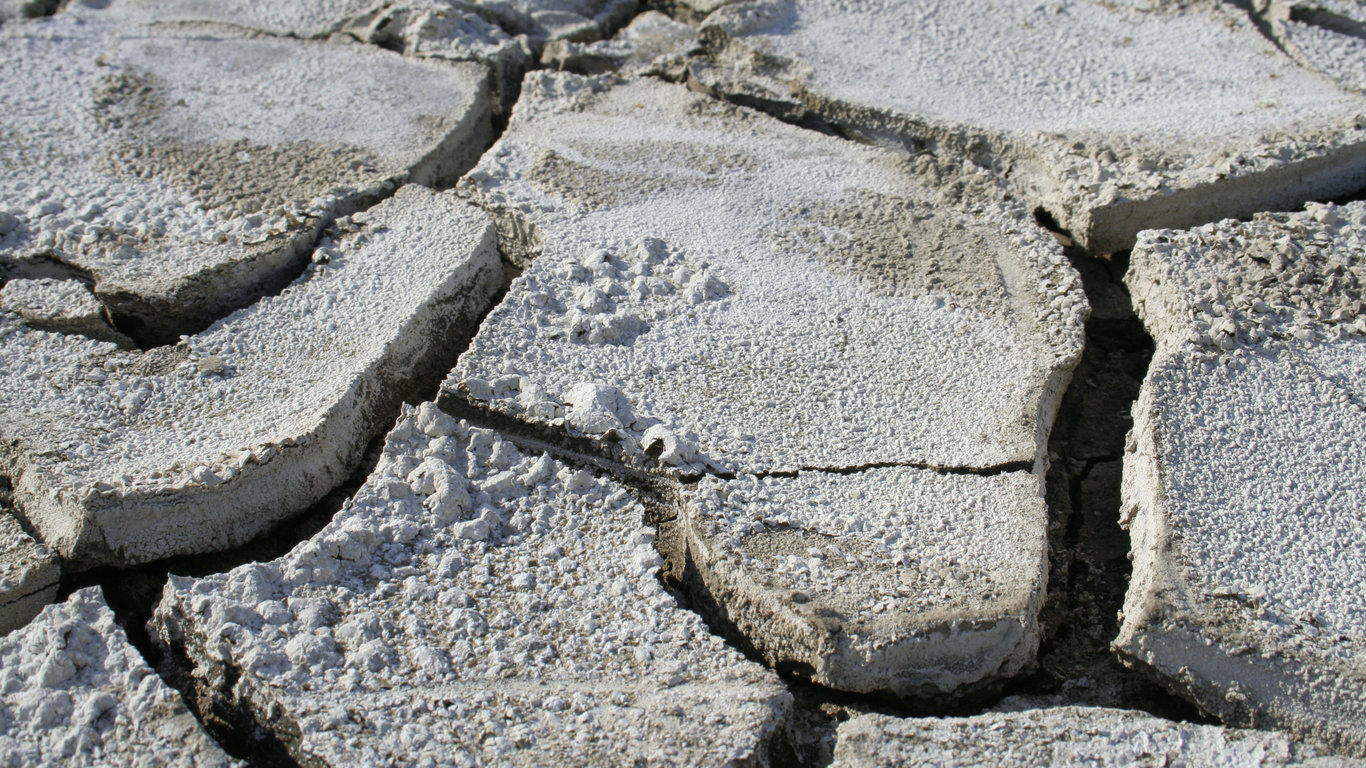
Salinization
Salinization is the process of salts and other chemicals found in water accumulating in the soil over time. Many land plants, including most crops, cannot grow in saline soil. Lands have to be carefully managed to prevent salinization. The solution is flushing the soil with lots of water.
[in-text-ad]
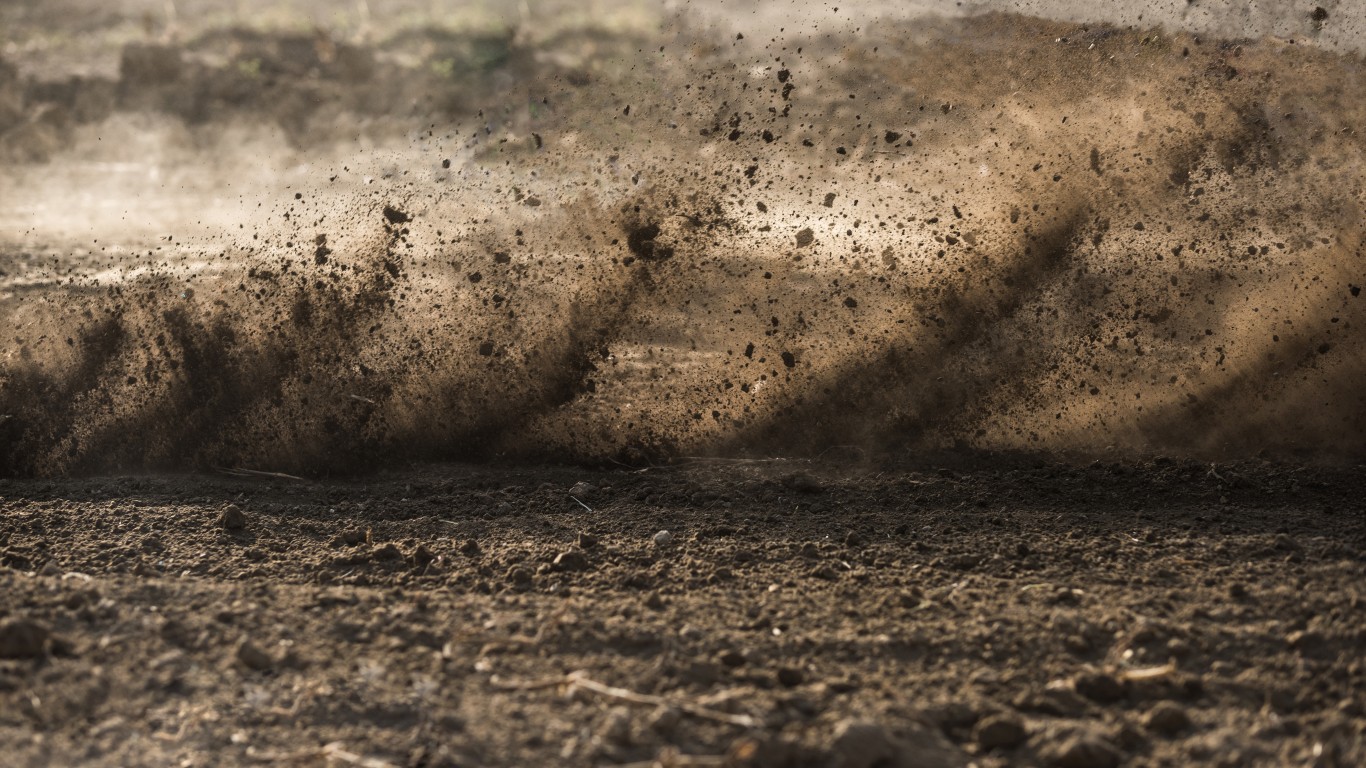
Airborne dust
Strong winds, grazing, and ploughing are often responsible for the lifting of soil, mostly from arid and dry lands. The dust particles can travel long distances depending on weather conditions, contaminating not only the air humans and animals breathe, but also crops with bacteria and fungi spores. The dust particles may also contain heavy metals, insects, pollen, and radioactive materials.
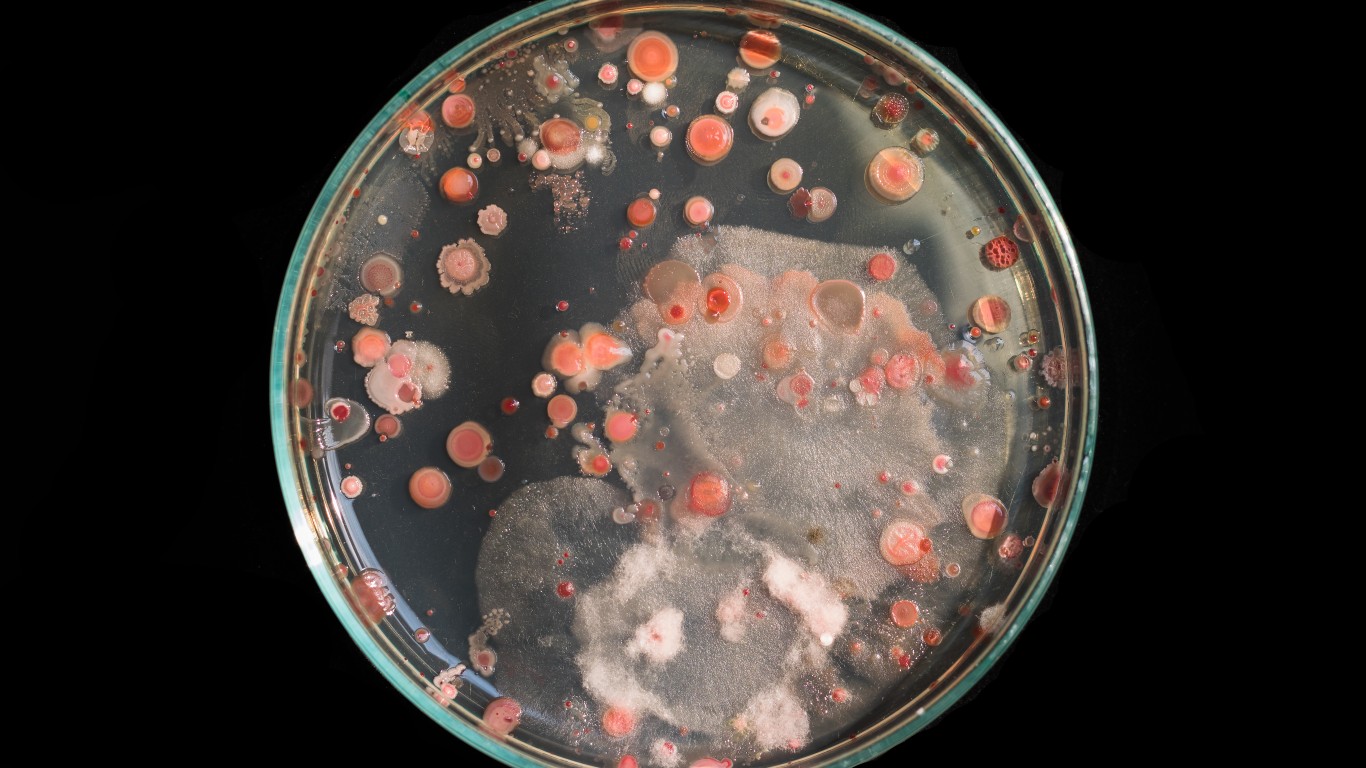
Soil pathogens
Bacteria are the most common kind of pathogenic organisms in soil. Most types of fungi in soil absorb nutrients contributing to the decomposition of dead organisms. But only about 300 out of 10,000 bacteria found in soil can make their way into food and be seriously harmful to humans. Viruses are sometimes introduced into the soil through sewage waste and can survive. Viruses that cause conjunctivitis, gastroenteritis, hepatitis, polio, aseptic meningitis, or smallpox have all been found in soil and later in food.
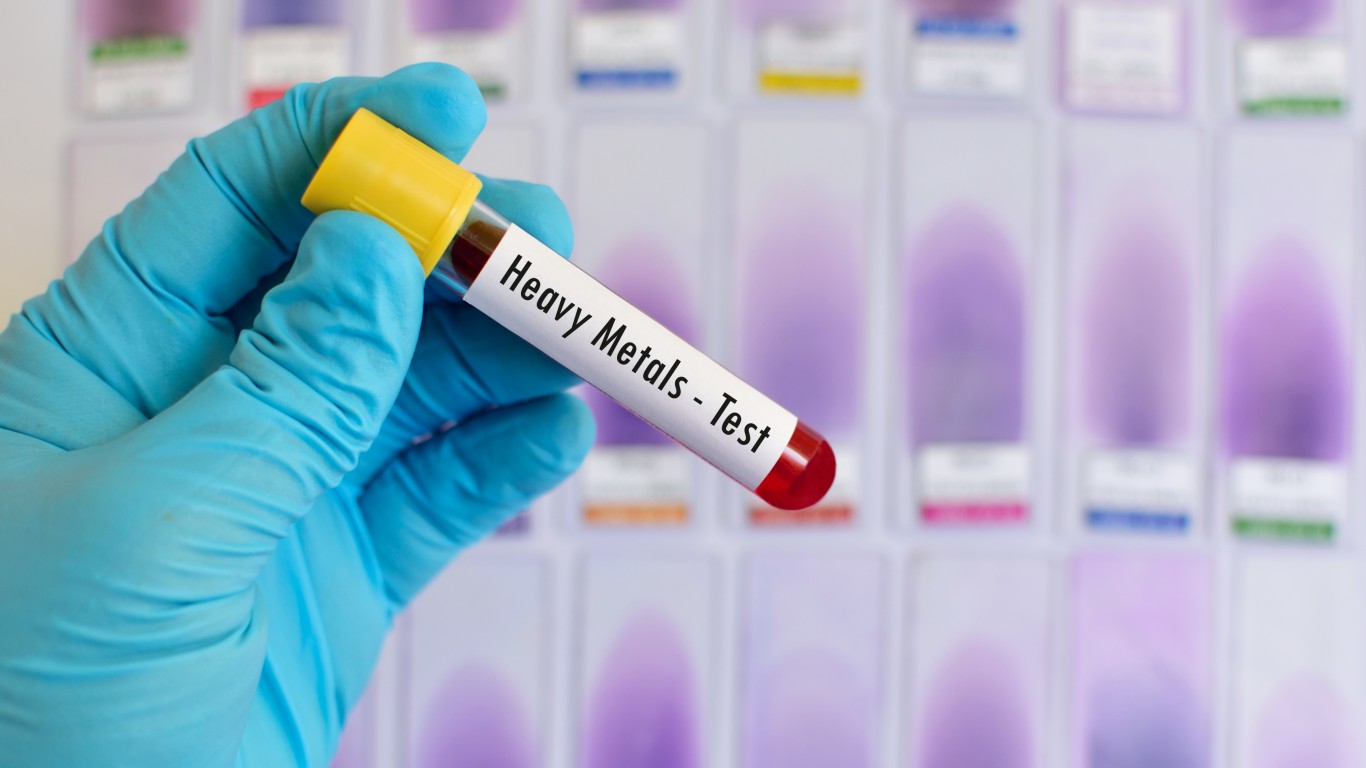
Heavy metals
The diversity of contaminants in the soil has increased significantly over the last decades due to urbanization and rapid industrialization. Some of the biggest sources of heavy metals in the soil are livestock manure, irrigation with wastewater or polluted water, pesticides, and phosphate-based fertilizers. Once the heavy metals are absorbed, beneficial soil insects, invertebrates, and small and large mammals are all affected. Greenhouse vegetables have been found to contain high amounts of heavy metals such as lead, copper, and cadmium. Accumulating too much of certain heavy metals can lead to poisoning.
[in-text-ad-2]
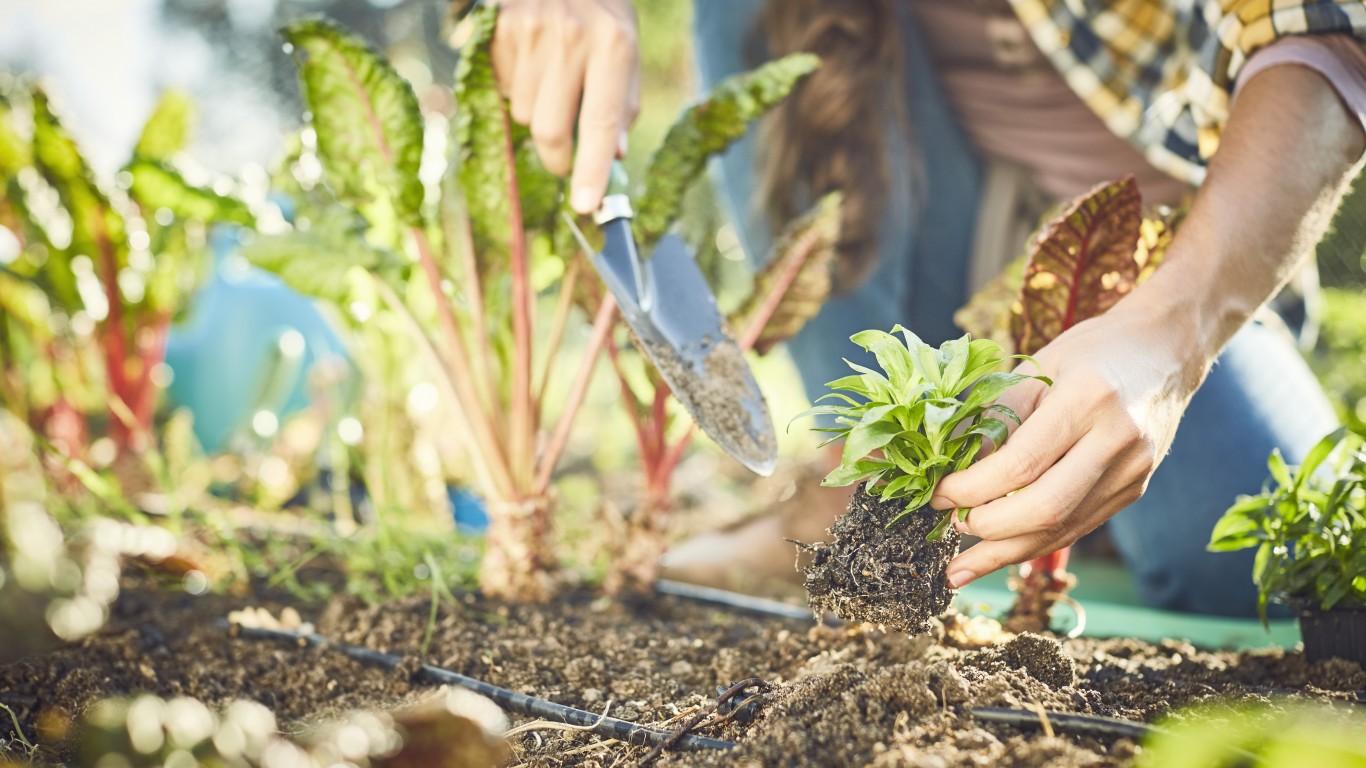
Organic farming
Organic farming has grown in popularity, even though organic foods are more expensive. Sales of organic foods nationwide were up nearly 6% in 2018 to a record $47.9 billion. Growing food organically means less pollution and using less water, which results in less soil erosion and increased soil fertility. These foods are also better for human health because they don’t contain pesticides, growth hormones, or antibiotics, and they have a higher content of important nutrients.
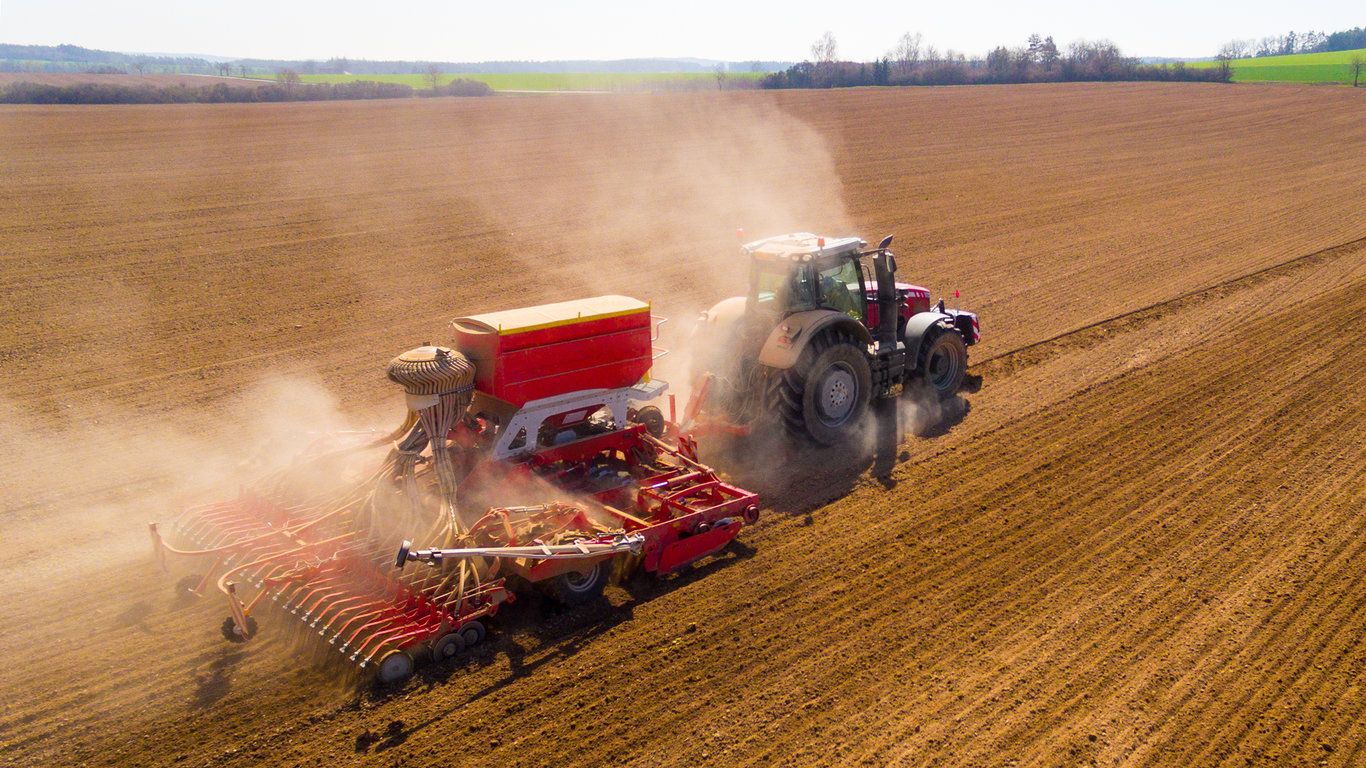
Zero tillage farming
Tillage, the purpose of which is to mix organic matter into your soil, contributes to soil erosion so the rise of no-tilling farming, which basically means the soil is left undisturbed for the next year’s crops, is good news. Tilling involves turning over the first six to 10 inches of soil before planting new crops. This removes any plant matter covering the soil, leaving it bare and deficient in organic matter.
Thank you for reading! Have some feedback for us?
Contact the 24/7 Wall St. editorial team.